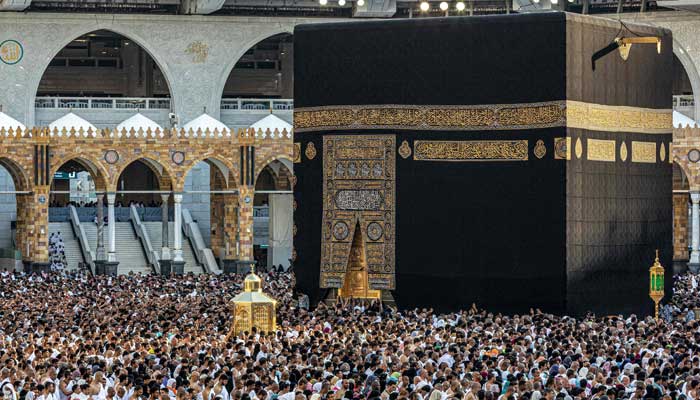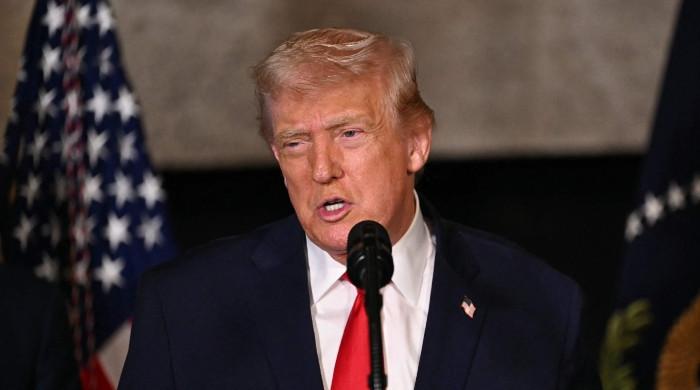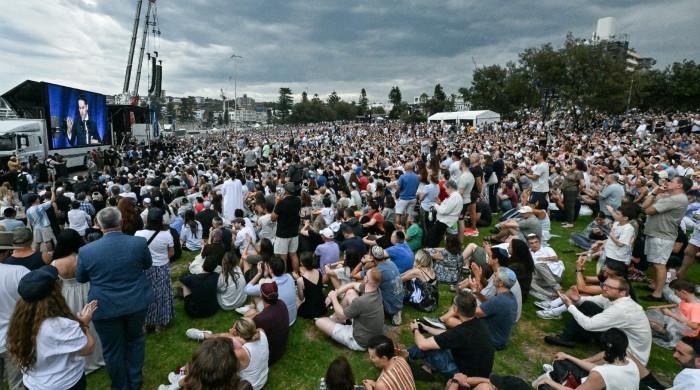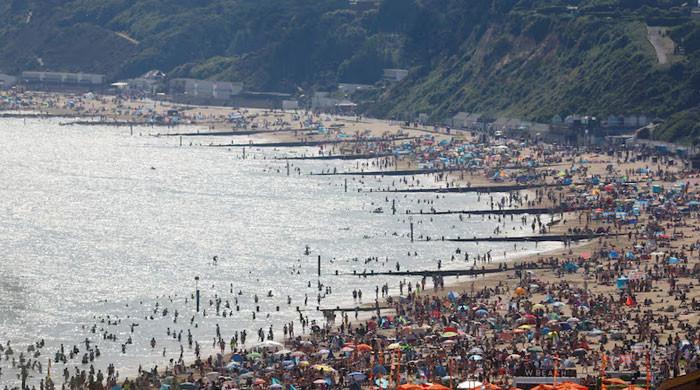Grand Mosque's 'soothing, soulful' adhan — a global Ramadan essential
The first use of loudspeakers in the Grand Mosque began during King Abdulaziz's reign in 1947
March 28, 2023

Soothing and soulful vocals of muezzins have been calling the faithful towards prayer five times a day while echoing around Makkah's Grand Mosque for centuries.
When speaking with the Arab News in an interview, Dr Mansour Al-Dajani — a researcher on Makkah's history — said that the first adhan (call to prayer) at the Grand Mosque was delivered at the noon by Prophet Muhammad’s companion Bilal bin Rabah, who called the believers from the Holy Kaaba's roof on the prophet's order in year 630 (8 AH) — the day when Makkah was conquered.
"The Grand Mosque was as large as the Mataf (area of circumambulation around Makkah’s Kaaba) at that time and had no wall surrounding it, nor a minaret. Minarets appeared for the first time in the year 754 (137 AH) during the reign of the Abbasid Caliph Abu Jafar Al-Mansour, who built the first minaret, known as Bab Al-Umrah, in the western corner from the northern side of the Grand Mosque," he said when speaking to the Saudi news outlet.
Attached or adjacent to a mosque, the minaret in the Grand Mosque was a tall tower which was its fundamental part and designed for the adhan to be heard clearly and loudly throughout the city.
"This minaret and the ones that were built after it were used to recite the call to prayer in the Grand Mosque. The chief muezzin would start the call to prayer from the minaret of Bab Al-Umrah, then all the muezzins would follow him on the other minarets. After that, the Bab Al-Salam minaret became the chief muezzin’s platform for the call to prayer, and in the 16th century (10th century AH), the chief muezzin used the dome of Zamzam to deliver the call to prayer," Dr Al-Dajani said.
The first use of loudspeakers in the Grand Mosque began during King Abdulaziz's reign in 1947.
In his memoirs 'The Daily Events in Makkah', the late Makkan historian and writer Professor Ahmed Ali Asad Allah Al-Kazemi wrote that Sheikh Abd Al-Zahir Abu Al-Samh, the Grand Mosque's imam and preacher, asked the then-minister of finance Abdullah bin Suleiman Al-Hamdan to provide the mosque with a microphone and loudspeaker in 1947.
In those, he wrote, speakers in the Grand Mosque were only used for the sermons on Friday and Eid that year which happened to fall on the same day.
Abdul Rahman, Sheikh Abu Al-Samh’s son, usually delivered the sermon with just a few worshipers who were able to hear him in the mosque. Sheikh Abu Al-Samh, however, delivered the Friday sermon using a microphone on Friday, October 31, 1947. That day, the sermon in the Grand Mosque was heard by thousands of worshippers.
The speaker's location was changed in 1957 when the expansion of the Mataf area took place in the mosque. The speakers were then installed in Almukbariya — a separate, private building — in 1963. It was the place from which the adhan is performed and the muezzin chants or repeats the imam's prayers in response.
Further changes were recently made in the Almukbariya building to "ensure operational efficiency for Ramadan 2023", Arab News reported.
Speaking to the news outlet, Engineer Mohammed Al-Waqdani, the agency's undersecretary, said that in its new form, the building took into account the Grand Mosque's architectural changes with regards to its colour and style.
The changes have allowed for greater clarity in sound and for the muezzin's voices to be amplified. The building also entails sound and television studios and control rooms, special waiting offices for muezzins and their alternates, as well as rooms for public services. From the southern part of the building, the Kaaba and Mataf are visible.
Almukbariya, according to Al-Waqdani, plays an important role in several aspects such as when coordinating with the Radio and Television Authority, during the live broadcast of “all rituals and religious events that are held in the Grand Mosque throughout the year, especially during the blessed Ramadan and Hajj season.”









